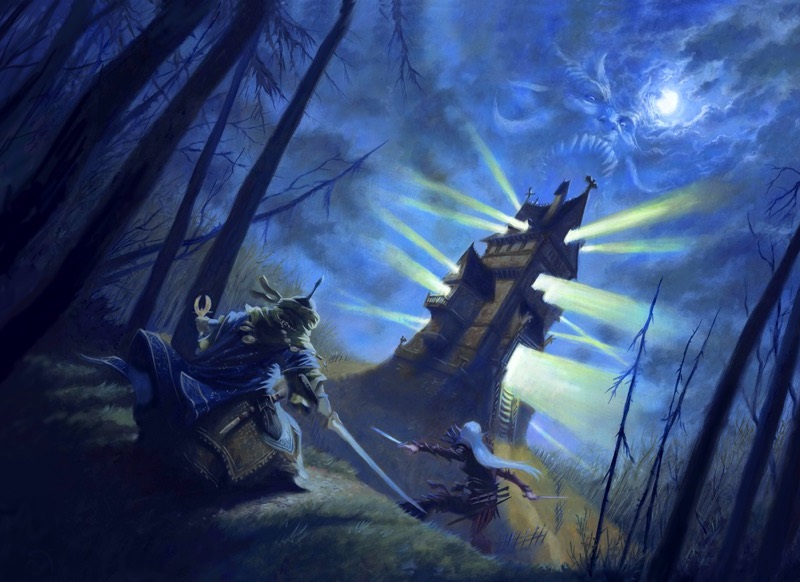Adventures are interesting in that the difficulty of the game is generally set by the author, then adjusted by the GM. After all, a GM is the arbiter at the table and can remove monsters, choose not to use abilities, or add entirely new complications to a fight to make it easier or harder on the PCs. However, as the author you’re setting the standard for how easy or difficult you want your adventure to be before the GM does any additional adjustments. If you’re writing for an organized play program, such as PFS or SFS, then the GM gets very little control over adjusting the difficulty. So how much is too much? Lets take a look.
Damage
The first and easiest thing to look at is damage. If your monsters can one-shot a PC with a standard attack, they’re probably dealing more damage than the PCs can handle and the fight is too difficult. Encounters that deal constant pressure in the form of reliable but low damage can sometimes feel more rewarding from both sides of the screen. This is far more of an art than a science, but we can create some baseline numbers to guide us.
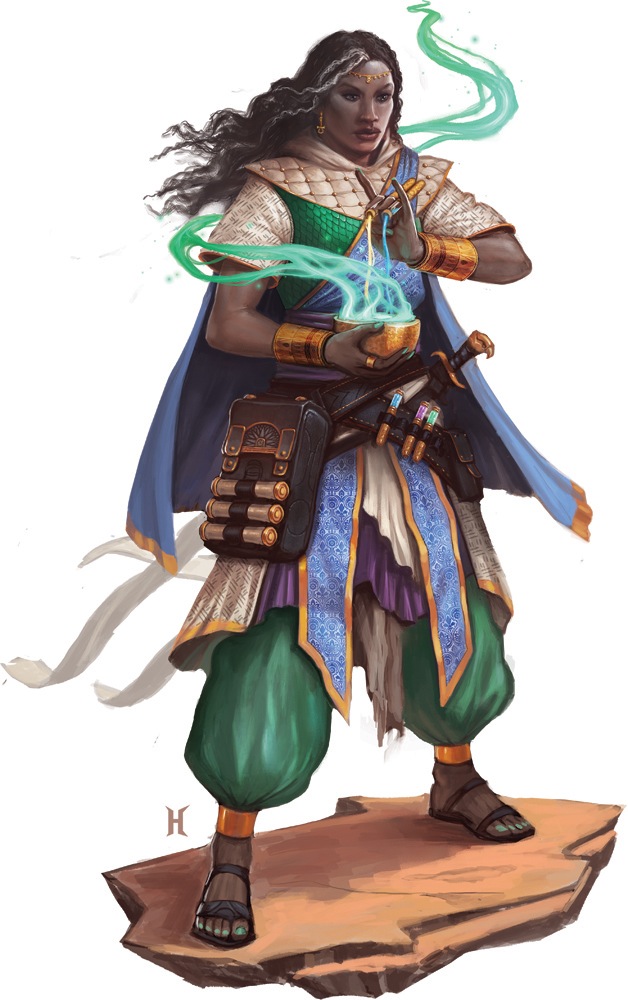 Lets look at Pathfinder: I believe that at maximum damage for a standard melee hit, your creature should be dealing less damage than a Fighter’s average hit points. Martial classes are the most likely to be taking melee hits from creatures, and Fighter sets the standard for martial characters. Assuming a Con score of 14 and +1 hp per level for favored class, our Fighter is getting an average of 8.5 hp per level. If we round that down to 8 per level to account for more squishy front line folks, then we have a base-line for a maximum damage per round target. For evaluating critical hits, you want to compare the average critical damage to our baseline. For most weapons that deal double damage on a crit, the math works out almost the same as maximum damage for a regular hit. Those x3 and x4 weapons can really murder a healthy character FAST, so double check the math with those. A red cap with a scythe can destroy your fighter in one hit if you’re not careful. If there are multiple in one encounter? Then you’re throwing more d20s and increasing your odds that one of them will come up with a natural 20. This only increases the danger.
Lets look at Pathfinder: I believe that at maximum damage for a standard melee hit, your creature should be dealing less damage than a Fighter’s average hit points. Martial classes are the most likely to be taking melee hits from creatures, and Fighter sets the standard for martial characters. Assuming a Con score of 14 and +1 hp per level for favored class, our Fighter is getting an average of 8.5 hp per level. If we round that down to 8 per level to account for more squishy front line folks, then we have a base-line for a maximum damage per round target. For evaluating critical hits, you want to compare the average critical damage to our baseline. For most weapons that deal double damage on a crit, the math works out almost the same as maximum damage for a regular hit. Those x3 and x4 weapons can really murder a healthy character FAST, so double check the math with those. A red cap with a scythe can destroy your fighter in one hit if you’re not careful. If there are multiple in one encounter? Then you’re throwing more d20s and increasing your odds that one of them will come up with a natural 20. This only increases the danger.
Going way above the damage thresholds can sneak in on you in a variety of ways: four 5th level wizards with fireball can be more dangerous than one 9th level wizard with cone of cold. Why? Because now you’ve got more unavoidable dice being thrown at the PCs. It’s not just about one-shotting with melee, it’s about one-shotting with the encounter. Those 4 wizards will be throwing 20d6 of damage at the PCs in the blast radius with 4 Reflex saves for half damage. Scary! And, the four 5th level wizards have the same CR as one 9th level wizard. That leads into my next point…
CR is Broken
That’s right, Challenge Rating (CR) doesn’t really work the way the designers want it to work. Some creatures are too powerful for their CR (I’m looking at you clockwork soldier and hobkins), while others are too weak for their CR (almost all improved familiars). Additionally, they’re supposed to be balanced around a party facing a single creature. Sure, there are rules for multiple of the same creature raising the CR, but this doesn’t always work.
If you put six shocker lizards against a party of 7th level PCs, then they’re likely going to get fried by electricity. Their ability to stack damage means they can dish out 12d8 of damage (54 average; 96 maximum against our baseline of 56) every 1d4 rounds, and that’s considered an “Average” encounter. Why Average? Because a CR of Average Party Level (APL) +0 is an average encounter. 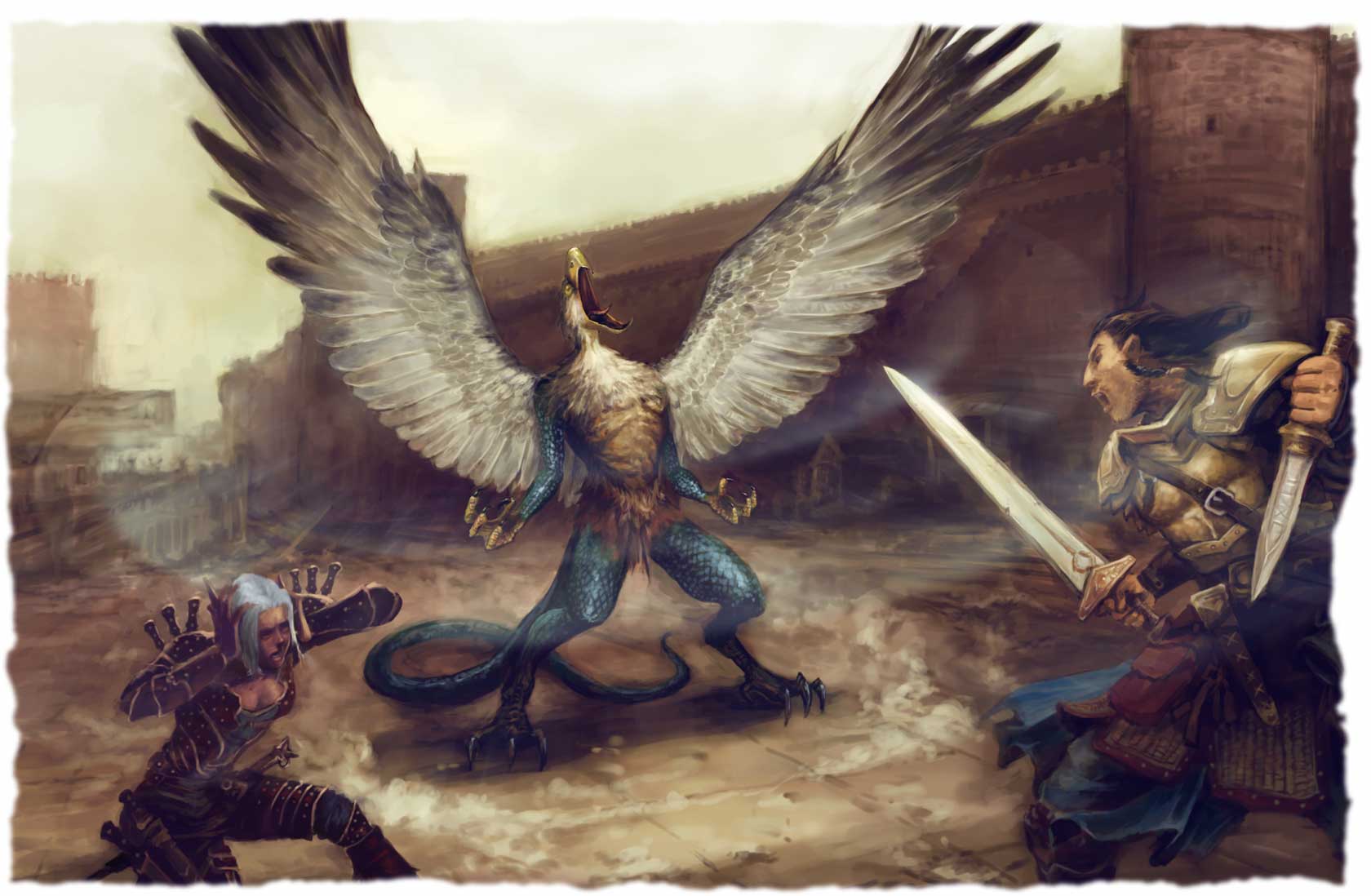 Six of the same creature count as that creature’s CR + 5. Since shocker lizards are CR 2 creatures, then six of them is a CR 7 encounter. Yeah… not average.
Six of the same creature count as that creature’s CR + 5. Since shocker lizards are CR 2 creatures, then six of them is a CR 7 encounter. Yeah… not average.
Four vrocks can deal 20d6 of damage and are only a CR 13 encounter. The point: CR is a rough guideline, check the math when building an encounter.
Debuffs: Frustrating or Challenging?
One potentially non-lethal way of making a fight challenging is with lots of debuffs, hazards, and obstacles. Why cast fireball when I can cast blindness/deafness and make one of the party members completely useless? These can be fun tricks that can make an encounter more difficult than straight damage. Just be careful not to over use them. One blind PC is a hilarious hurdle. All blind PCs is an excruciatingly slow TPK.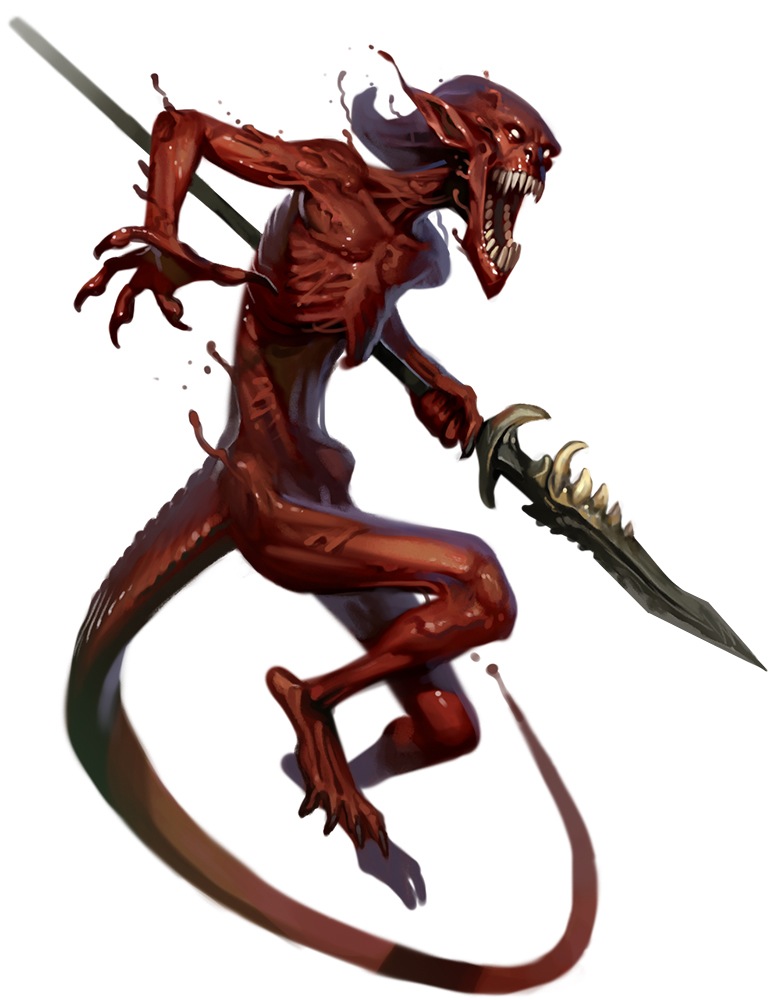 Some debuffs can also be too hampering on their own to be fun: entangle, web, darkness…
Some debuffs can also be too hampering on their own to be fun: entangle, web, darkness…
Here’s the thing with darkness: if the PCs don’t have a way to counter it, then it’s basically mass-blindness that they don’t get a save against. Use darkness VERY sparingly. It should be used in specific encounters to add that “oh crap” moment on the battlefield where the PCs all try and figure out if they have a way to counter it. If you’re writing a published adventure, you don’t know how many dwarves and half-orcs are in the party, so it could spell disaster. Be very careful with darkness.
Scaling Difficulty Based on Level
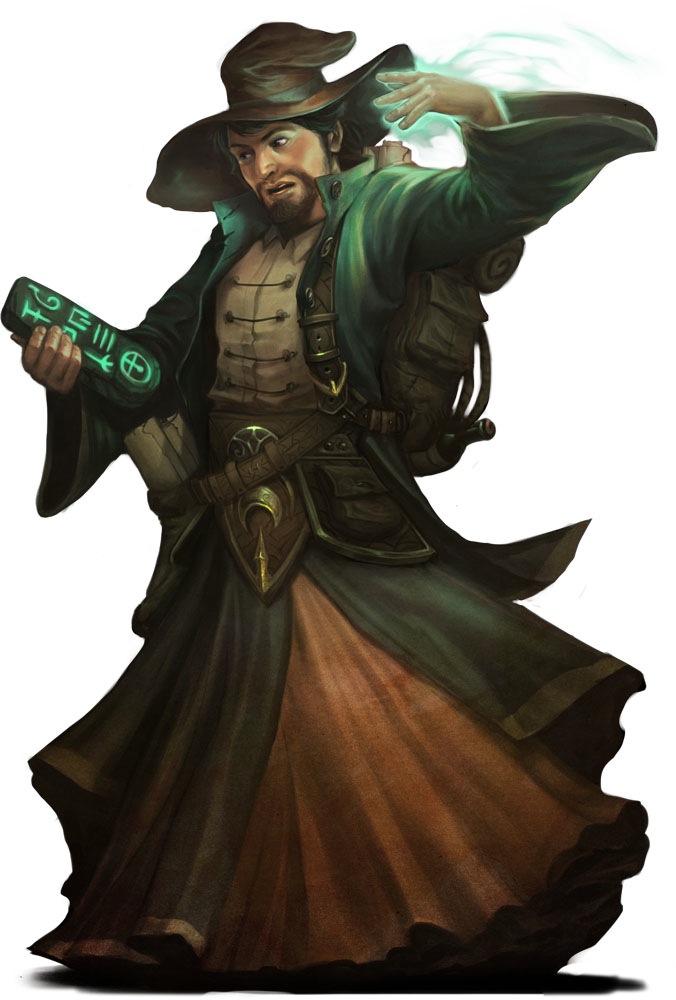 See all that advice I just gave out? If it’s a high level game (12+), then ignore all of it. The higher level you go, the more you should ignore it.
See all that advice I just gave out? If it’s a high level game (12+), then ignore all of it. The higher level you go, the more you should ignore it.
As PCs advance in level, their wealth and class-based capabilities become much more powerful and easier to overwhelm your encounters. Throwing an “unfair” combat at them once in a while is fine. It keeps the PCs on their toes and makes them figure out how to deal with the more mechanically advanced challenges. Chances are, they’re going to be throwing “unfair” tactics at your GM long before this, so it’s ok to ramp up the difficulty. 1st level PCs can barely afford armor, but once the PCs get into the teens, they have bags that contain a library worth of scrolls, an alchemist lab worth of special tools, and a witch’s hovel worth of potions. At these levels, death is a speed bump and “permanent” status effects last only until they get to the next major settlement, if they even last that long.
This website uses trademarks and/or copyrights owned by Paizo Inc., which are used under Paizo’s Community Use Policy. We are expressly prohibited from charging you to use or access this content. This website is not published, endorsed, or specifically approved by Paizo Inc. For more information about Paizo’s Community Use Policy, please visit paizo.com/communityuse. For more information about Paizo Inc. and Paizo products, please visit paizo.com

